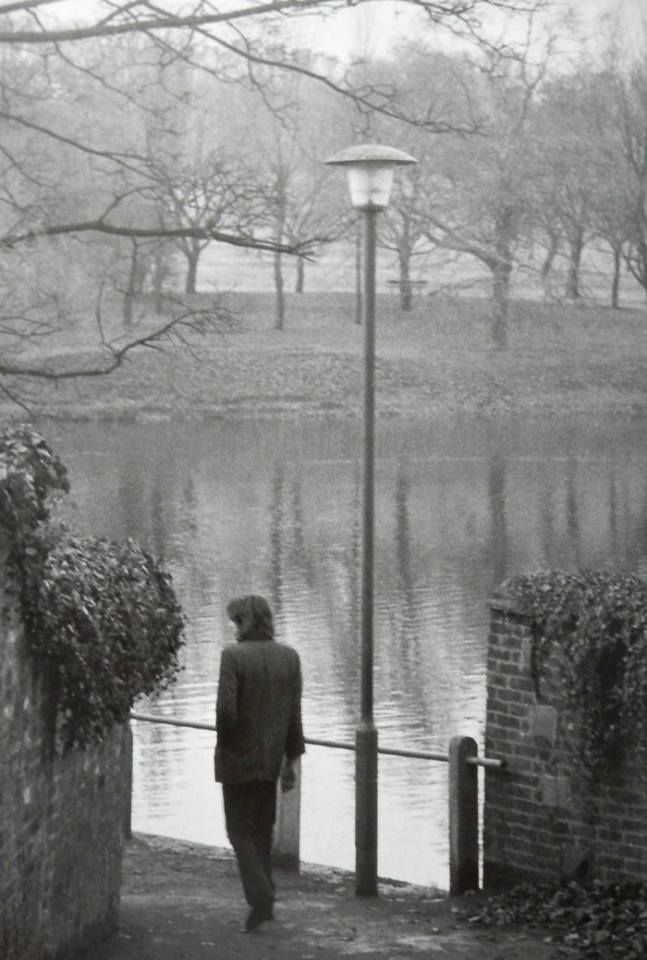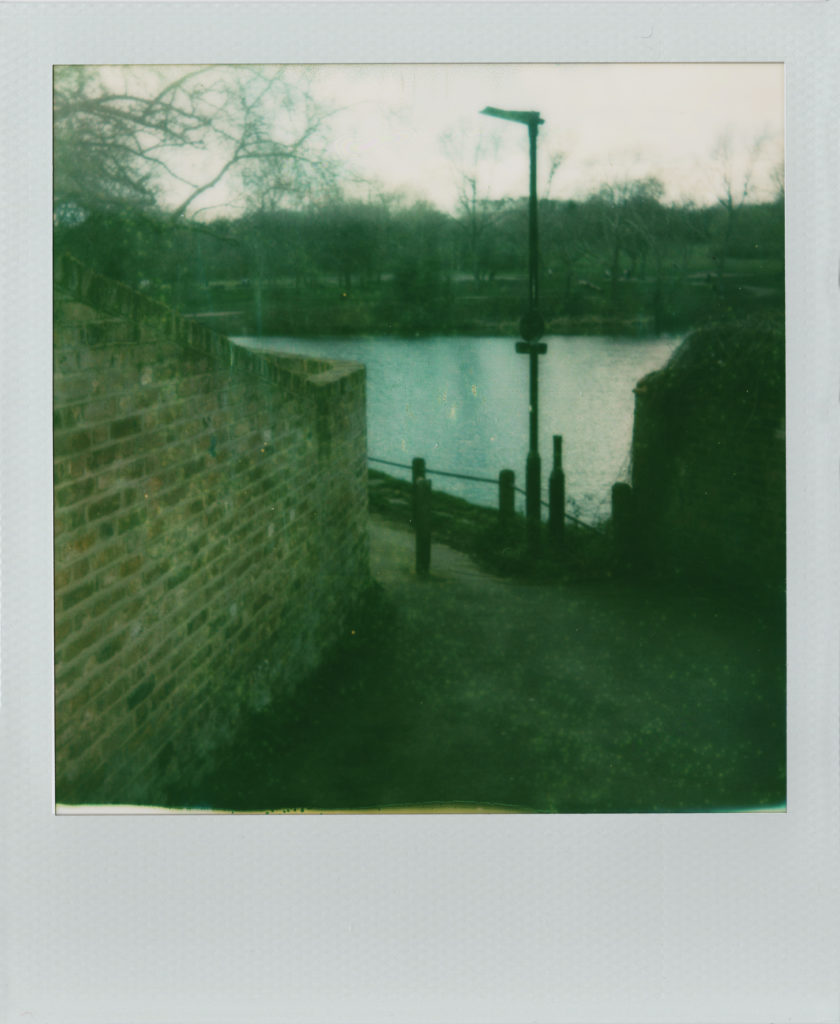Adam Scovell searches Hampstead Heath for the site of a favourite photo of Nick Drake, taken in 1971 by Keith Morris

In my late teens, I went through a phase of obsessively collecting photos of the singer Nick Drake, gathered together in a folder on my laptop. It wasn’t so much the photographs themselves that drew me, though undoubtedly they are some of the most telling and atmospheric taken of any British musician. Instead it was their reflection of a feeling I had found in his music: that it was a collection that was explicitly and tragically finite, as if by design. This could be said of any number of dead artists yet, with Drake, it feels as if his life – of which there is even arguably no moving footage – was hidden in plain sight through his music. Photographs of the singer became the visual ephemera that marked his songs, much more than any abstract or standalone artwork.
With Drake’s history known – an early death at 26, still debated as to whether it was suicide or not – pictures closer to the date of his death take on a particular character. None do this more so than Keith Morris’ portraits of the singer, even though they were taken a few years before. Shot in the cold December of 1971, the pictures show Drake in various locations around Hampstead Heath. His state of mind is there in every photo, his face heavy with inner distance unable to hide the spiral within; his depression being at one of its worst stages. As Morris writes on his own website “It was a bleak, grey day… Nick was totally cooperative but said very little, couldn’t interact and found it difficult to look towards the camera. It was like I was intruding on private grief.” The photos were taken at the time of the recording sessions for Pink Moon when Drake was still in Hampstead. He had moved there in earnest in 1969, a flat near Belsize Park organised by his producer Joe Boyd; worried that Drake was impossible to find when couch-hopping or at his sister’s (the actress, Gabrielle Drake).
Though a number of photos were taken on the shoot, including various close-up shots sat on a bench near some of the ponds or standing next to crooked, weathered trees, there are three that really stand out. Drake is walking down an alleyway. The walls are brick, the railings are iron, and the lamplight is old and has more than mere functionality in its design. In one photo, he’s accompanied by a dog, another turned to camera though clearly uncomfortable. But it’s his solitary photo walking away that feels most final. Considering that Drake would fail to promote the album he was recording and soon decamped back to his parents’ house in Tanworth-in-Arden, effectively retiring from music, the photo feels like an end of sorts.
Whilst out near the heath on another job, it occurred to me that visiting the location of that photograph would be possible. So drenched is it in finality, a sense of walking away from the unforgiving blindness that so often accompanies the culture industry, it was clear that the location would have been marked by the photograph. It’s impossible in hindsight to see the alleyway without seeing Drake’s tall persona walking away from it all. Equally, I was there to photograph other parts of the heath seen in Basil Dearden’s Sapphire; a film that finds an equally eerie, deathly end upon the heath. I made it the first place of visiting simply down to ease of journey though knew it would colour the day.
I got off the Overground at Hampstead Heath and walked up a hill of lavish houses. Being a weekend the whole area reverberated with joviality, as if the place resisted a melancholy interpretation of it. Being such an affluent place, a sense of the surreal was present rather than the faded gentility of the photographs. On reaching the alleyway on South Hill Park Gardens, I was greeted by a man in enormous sunglasses walking a fluffy white cat on a lead encrusted with what looked like diamonds. This was far from the wintery sadness of Morris’ photo or Drake’s music at the time. Such was the footfall through the thoroughfare that it even took a while before the route was actually free to photograph at all.
Typically, my Polaroid stock had gone off. Everything about the place resisted being photographed again, as if the images caught on that cold December day were enough. I persevered all the same until one Polaroid came out OK. The image looks decidedly odd without Drake there; his absence marked on the tarmac. Walking further onto the heath, I couldn’t shake the lyrics from Drake’s song ‘At The Chime Of A City Clock’. I wondered how many times he had walked the heath alone, striding away from his feelings but always in vain as they were carried within him.
Saddle up, kick your feet
Ride the range of a London street
Travel to a local plane
Turn around and come back again.
No matter how many garish things its affluence has filled it with, underneath Hampstead lies a truer realm; of troubled wanderers trudging on, sitting alone on benches until ready to try one last time for the take before finally walking away.
